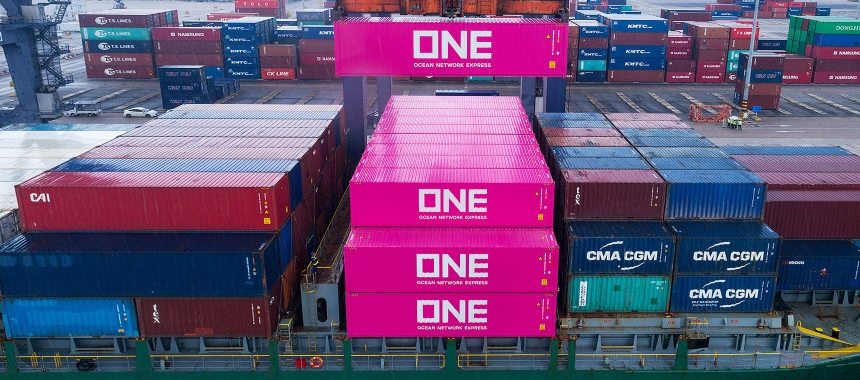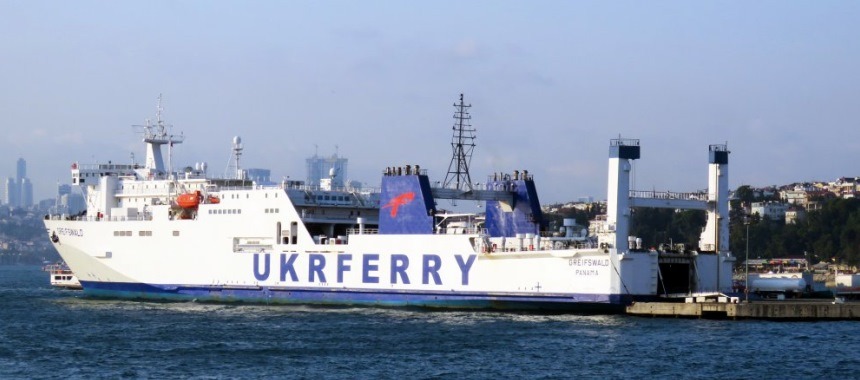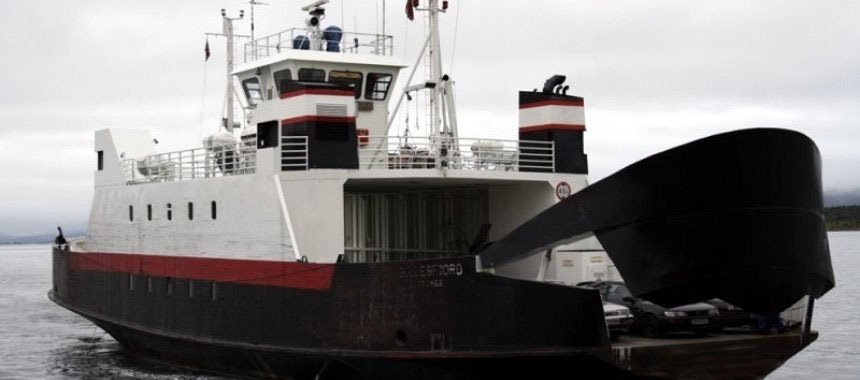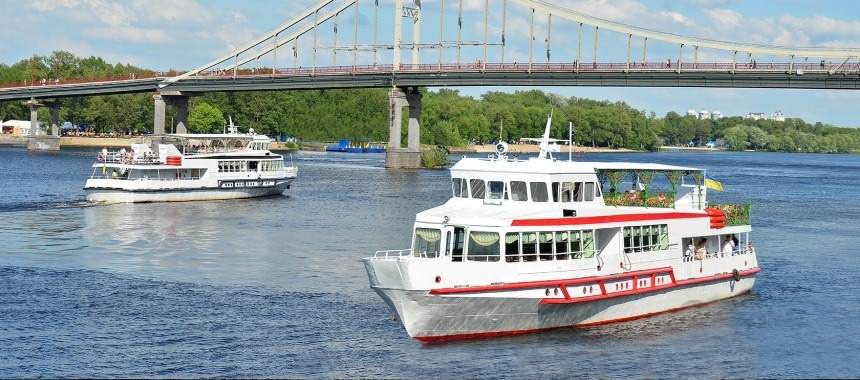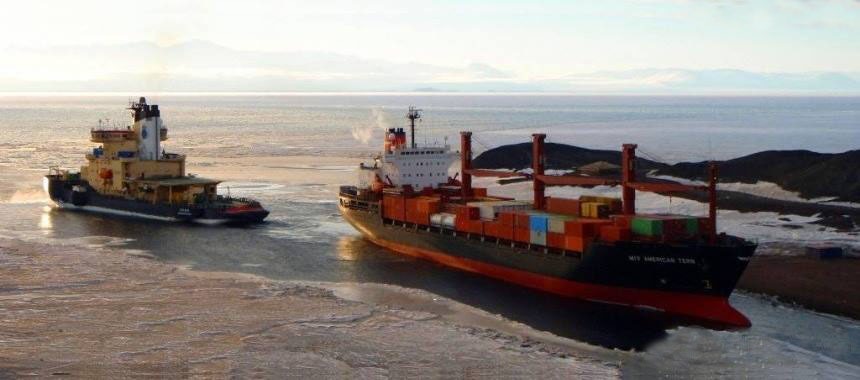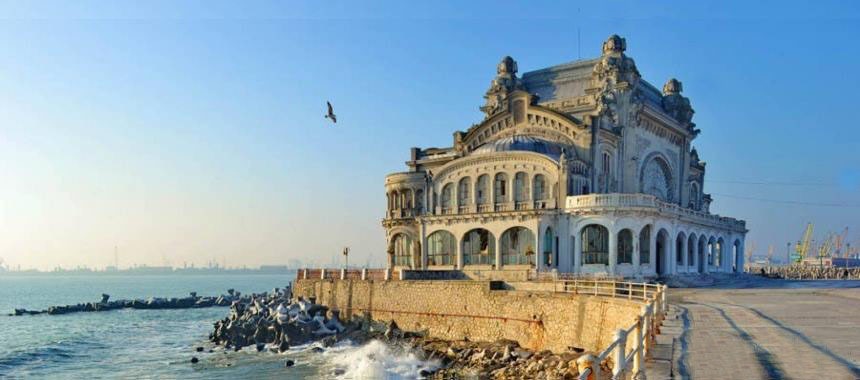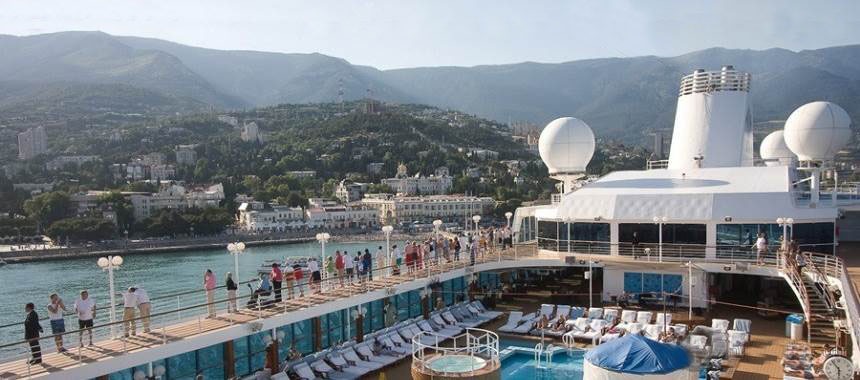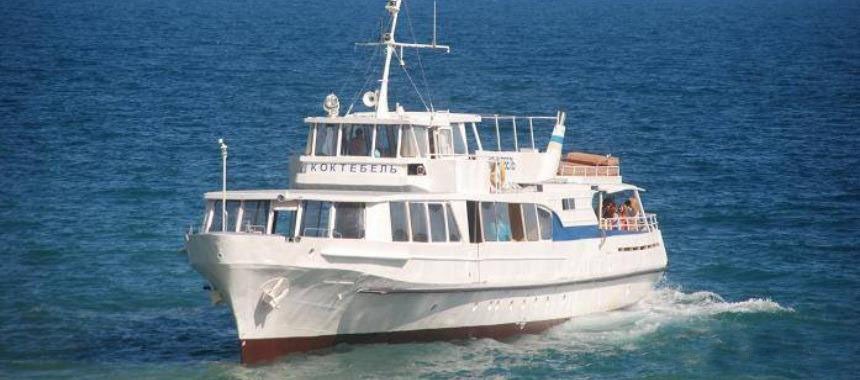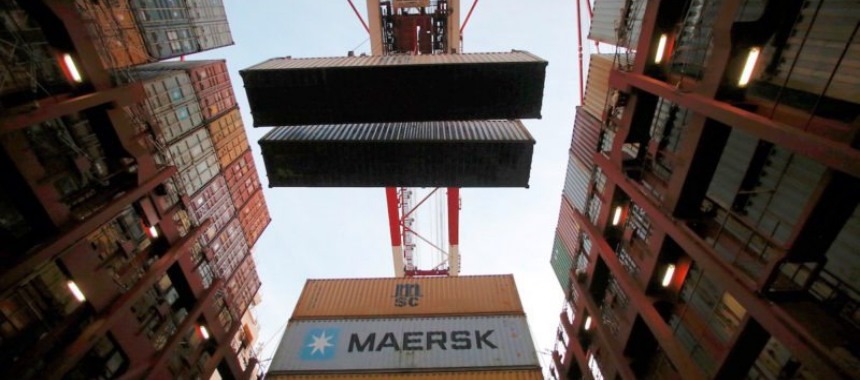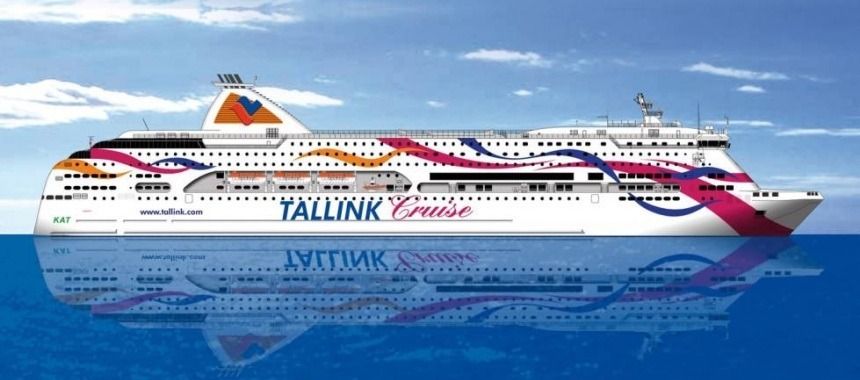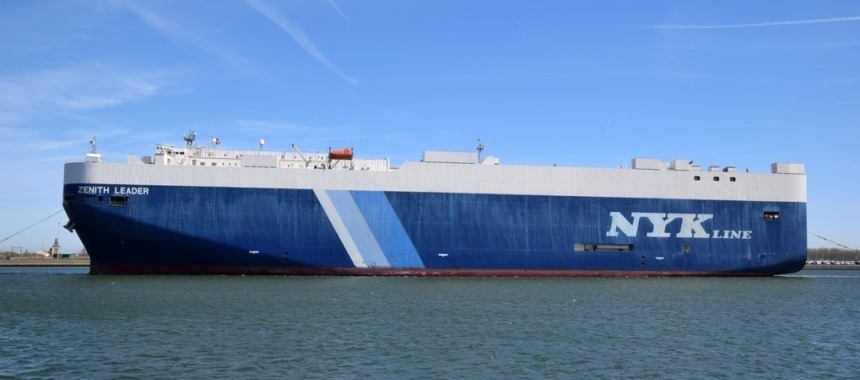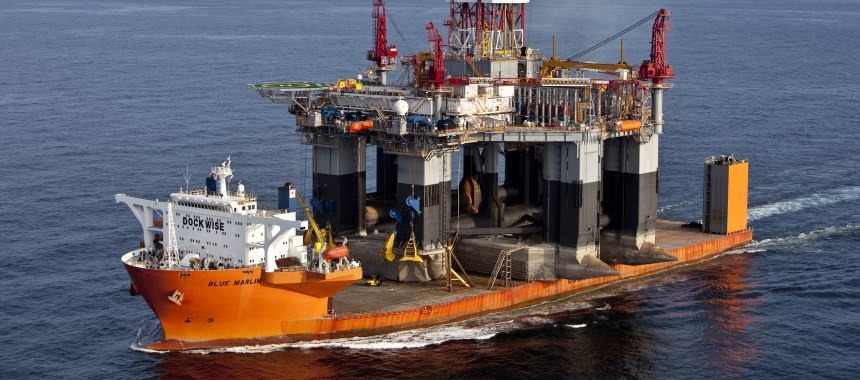The container ship CMA CGM Jacques Saade is a vessel built for the French company CMA CGM. It is named after the founder of the company, Jacques Saade. CMA CGM Jacques Saade was launched in September 2019 and became the first ship in the «Gas4Sea» series of container ships powered by liquefied natural gas (LNG).
Among the fast-growing European companies servicing sea transport there is a tendency to enter the West African countries. This can mean only one thing: in the near future the market of African producers can create a high level of competition for Asian countries.And confirmation of this was the emergence of two new routes from the French company CMA CGM, which will connect the European ports with the African continent.
Staten Island Ferry is the last operating line of the once vast ferry system of New York. The service was transporting people between Manhattan and the future sleeping area of Staten Island long before the bridges were built. Today, Staten Island Ferry provides a passenger flow of 22 million people a year.
Odessa region has established a water connection with the main partners of Ukraine in the Black Sea basin.
On Wednesday, April 18, the first ferry from Norway arrived from Sevastopol, from two acquired for work on the ferry line between the Artillery Bay and the North Side. The second car-passenger ferry is still on the road.
The Ministry of Water Transport of Ukraine on April 5, 2012 approved the Regulations on Working Time and Rest Time for the Floating Staff (Crews) of the Ukrainian Sea and River Transport.
In 2011, sea cargo transportation along the Northern Sea Route, the shipping line between the Atlantic and the Pacific Ocean along the Russian coast of the Arctic Ocean, can reach 3 million tons, which will be a record cargo turnover since the late 1980s.
Between the Black Sea seaports of Odessa and Istanbul, freight-and-passenger transportation has been resumed. Several years ago this shipping line was serviced by the ferryboats of the UKRFERRY company, but now this function on the Black Sea will be performed by the ship Princessa Elena, which carries out sea voyages under the flag of Sierra Leone.
On 11 March, the Romanian seaport of Constanta and the Turkish port of Pendik signed a cooperation agreement in Bucharest, which provides for the launch of a new cargo and passenger ferry line between the two countries. This agreement will have a big advantage for both states — Turkish ports will become the main point of departure of Romanian goods in the direction of the Mediterranean Sea.
The Yalta Sea Commercial Port was admitted to the Association of Cruise Ports of the Mediterranean (MedCruise), said the assistant to the head of the Yalta Sea Commercial Port Selina Y. V. This event was made possible thanks to the participation of representatives of the Yalta Port in the 37th General Assembly of the Mediterranean Cruise Port Association, is timed to the development of cruise tourism, which took place in French Cannes in late November.
Yalta sea commercial port has organized from August 20, 2010 for the period of the holiday season regular passenger transportation by motor ships along the routes of suburban traffic along the Southern coast of Crimea.
The transportation of cargo from manufactories around the world to ports for loading, its movement across the oceans to points of debarkation, and then its arrival at local loading docks transpires on a routine, seamless basis. The process is so smooth that, only after the terrorist attacks of September 11, 2001, did the nation awaken to learn that only a small percentage of the more than 23 million containers that arrive yearly in this country are inspected. While this is clearly a topic lawmakers are addressing as far as homeland security is concerned, it also points to the fact that the volume of commerce in and out of the nation, along with the rest of the world, has increased exponentially since the end of the Second World War. The reasons for this change are numerous: globalization, better production techniques, mechanization, and improved management styles. Perhaps the most significant factor, and one usually overlooked, is that the capability to move cargo overseas in large quantities and in a way that allows for quicker turn-around in port has only been effected in the last few decades. This style of cargo handling, containerization, has led to a shipping revolution.
The cruise ferry Baltic Queen of Estonian company Tallink started its work on April 24, 2009. Its route will run from the port of Tallinn to Stockholm via Mariehamn.
Sea transport is one of the most dynamically developing sectors of the world economy. Also we see how rapidly a large number of cars are produced by world brands Toyota, General Motors, Hyundai, Volvo, Nissan, Mercedes Bens, Mazda and others.
It all started with non-self-propelled barges, but now incredibly large loads can be loaded on board and sent to any destination in the world under their own power.
 en
en ru
ru uk
uk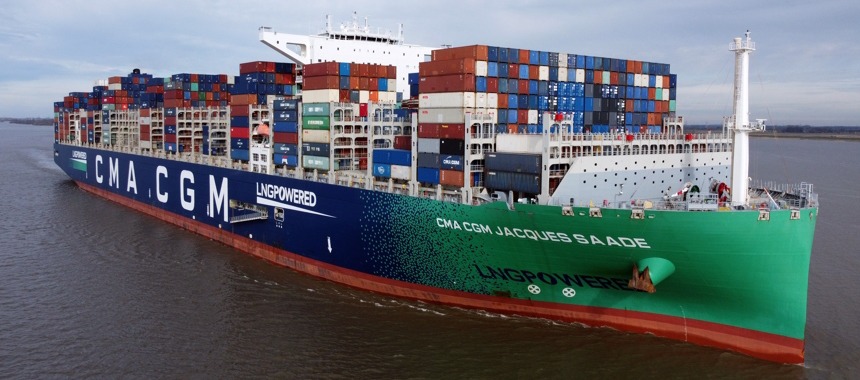
 Magellan
Magellan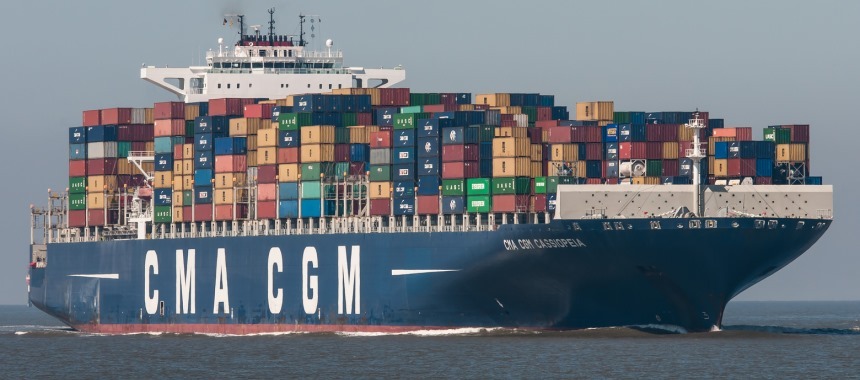
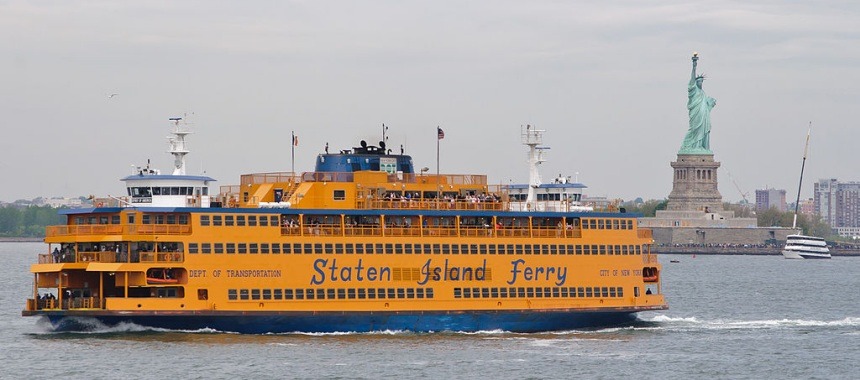
 RBJ
RBJ